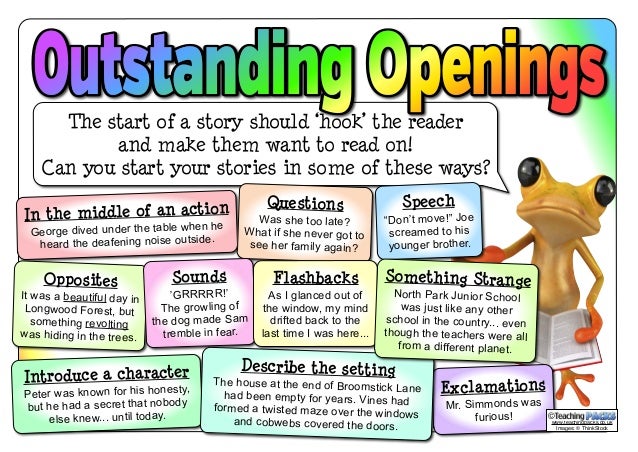
He heard screams above him and looked up to see the twinkling lights of a Ferris wheel.Īnd remember, the sensory imagery used should reflect the mood of the scene. Jim smelled the aroma of melted butter and salt wafting from the popcorn cart to his left. Jim walked into the carnival and his ears were met with a wall of music and laughter. When we’re reading stories, the more of our senses are activated, the stronger the impression we get. When we enter an unfamiliar place, we don’t just experience it with our eyes: we smell it, we hear it, we feel it and we sometimes even taste it. Is sugar free? Good give me five packets of sugar.” “Can – um – can I have a glass, I mean, a cup of coffee? Please?” Think about the following questions: “can I have a cup of coffee?” How would a nervous person ask this questions? How would a rude person ask this question? How would a greedy person ask this question? How would a calm person ask this question? Think about how your character is feeling, and what kind of person they are, and try to show this through their speech. Most importantly, dialogues can be used to show character. You can let the reader know what has just happened, you can build suspense and you can show people’s relationships.

Dialogue is more than just conversations there are several things you can do with dialogue.

Narrative and storywriting tips how to#
Most students know how to use dialogue, but a lot of students don’t understand how powerful it can be. Readers should be able to tell the difference between your characters based solely on how they act and what they say. If you put characters with opposite personalities together in a scene, it is going to be much more interesting than if you put two characters who are exactly the same. For example, look at the following list of contrasting character traits: When writing, students should always ask themselves “what is the difference between these two characters?” When it comes down to it, if you are going to have two characters in a narrative that are exactly the same, what’s the point? Interesting stories use contrast to highlight what is different and unique about the characters. 1 main climax, in which the main problem reaches a resolutionīy simplifying their narratives, students can dedicate their time to producing one of two well-written scene, an exciting climax and some fully fleshed out characters, instead of rushing to catch up with all the loose ends in their overloaded plot. 1 main ploblem that the characters need to overcome As a rule, a short narrative should be limited to: When students try to fit in too many characters, settings, plot twists and backstories, their narratives tend to come across as rushed, confusing or incomplete.

If you have an hour, or even half an hour to write a story, it is impossible to produce an epic novel. One of the biggest mistakes students make when writing narratives is being over ambitious. So, if you want your child to become a master storyteller, check out these 5 tips for writing great narratives. I believe that, while the ability to come up with interesting and exciting ideas ay come naturally to some students more than others, the ability to express those ideas effectively in a narrative form requires students to master a specific set of skills and techniques. There are some people who think that the ability to write a good story is something that cannot be taught. If your child is sitting a Scholarship or Selective test, then narrative writing is one of the main skills that they will be tested on. No matter what year your child is in at school, it is likely that they will, at some point, have to write a short narrative.


 0 kommentar(er)
0 kommentar(er)
